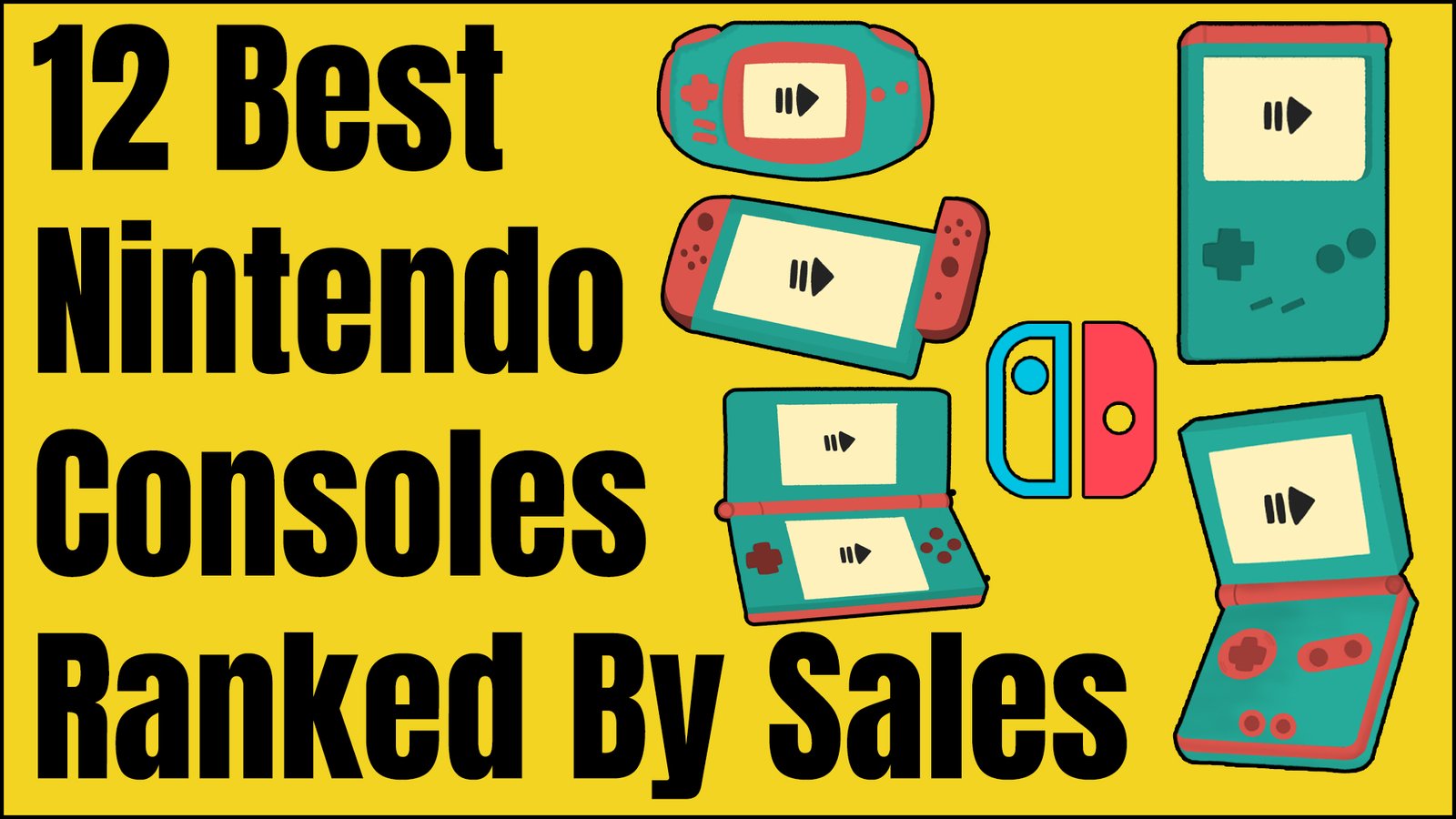Nintendo is a name that every game lover knows and loves. The company intended to manufacture a home video game console in the early 1980s after creating a number of popular arcade games. In 1983 Nintendo created the 8-bit home video game device known as the Nintendo Entertainment System (NES).
Hiroshi Yamauchi, the president of Nintendo at that time, rejected more sophisticated concepts and sought a straightforward, inexpensive system for playing games. The first handheld gaming device of Nintendo, the Game Boy, achieved enormous success all over the world.
This fourth-generation 8-bit portable gaming device became the most sought-after console. Since then, Nintendo has produced many cutting-edge consoles that all become popular among gamers.
Here is the list of 12 Best Nintendo Consoles that Gamers Loved!
After the success of the first Nintendo console, the company invested its entire resources into producing new consoles with better technology. As technology advanced, so did the gaming powers and sophistication of Nintendo consoles. Let’s discuss the 12 best Nintendo consoles ranked by sales.
#1 – Nintendo DS
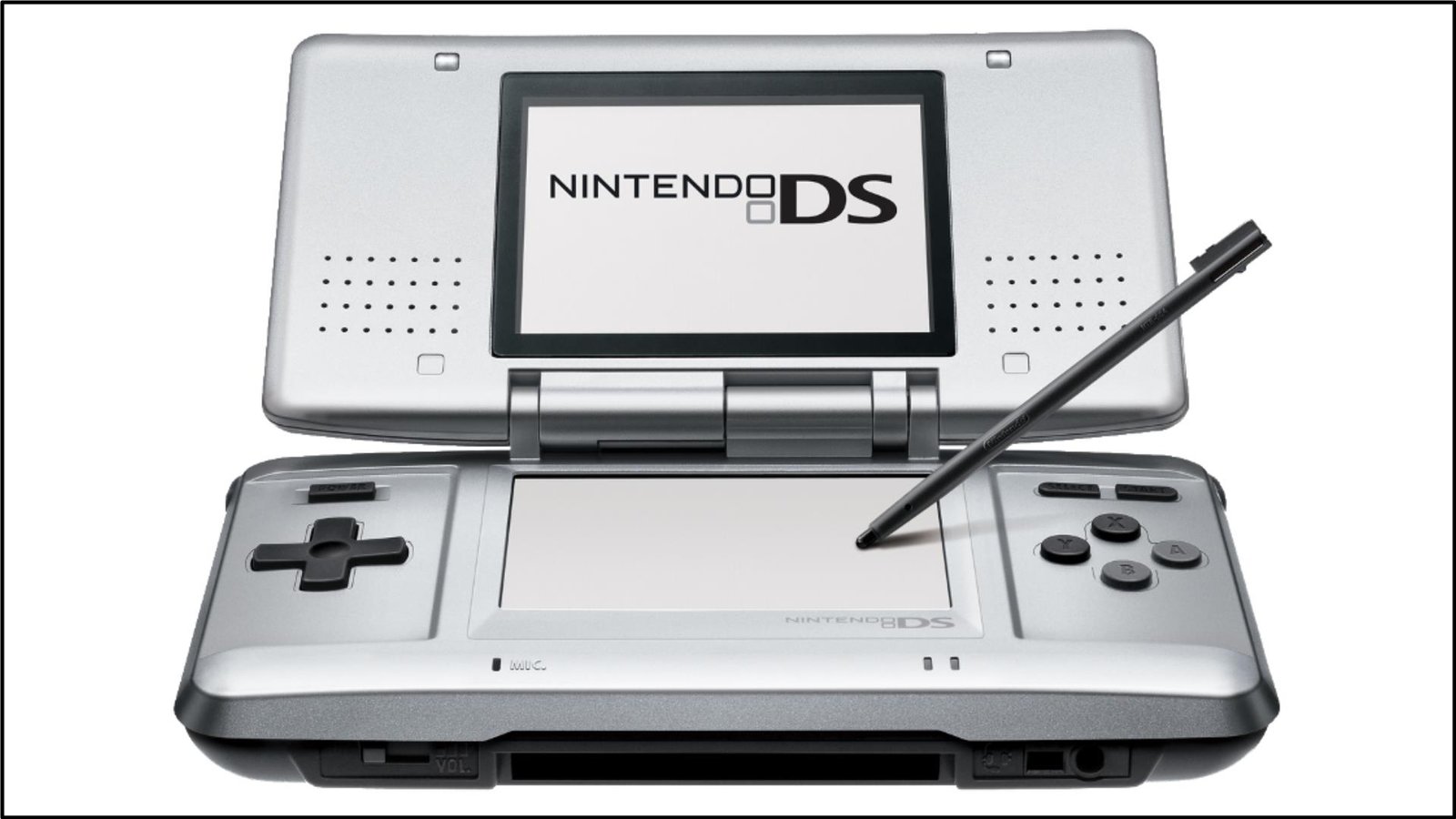
The Nintendo DS is a handheld gaming device with two displays that are stacked vertically. A touch screen is located on the bottom, where you may use a pen or your finger to move characters or pick choices.
The system supports nearly all GBA games in addition to its own games. While DS cartridges have a far lesser storage capacity than PSP UMDs, they play without loading delays.
#2 – Nintendo Game Boy
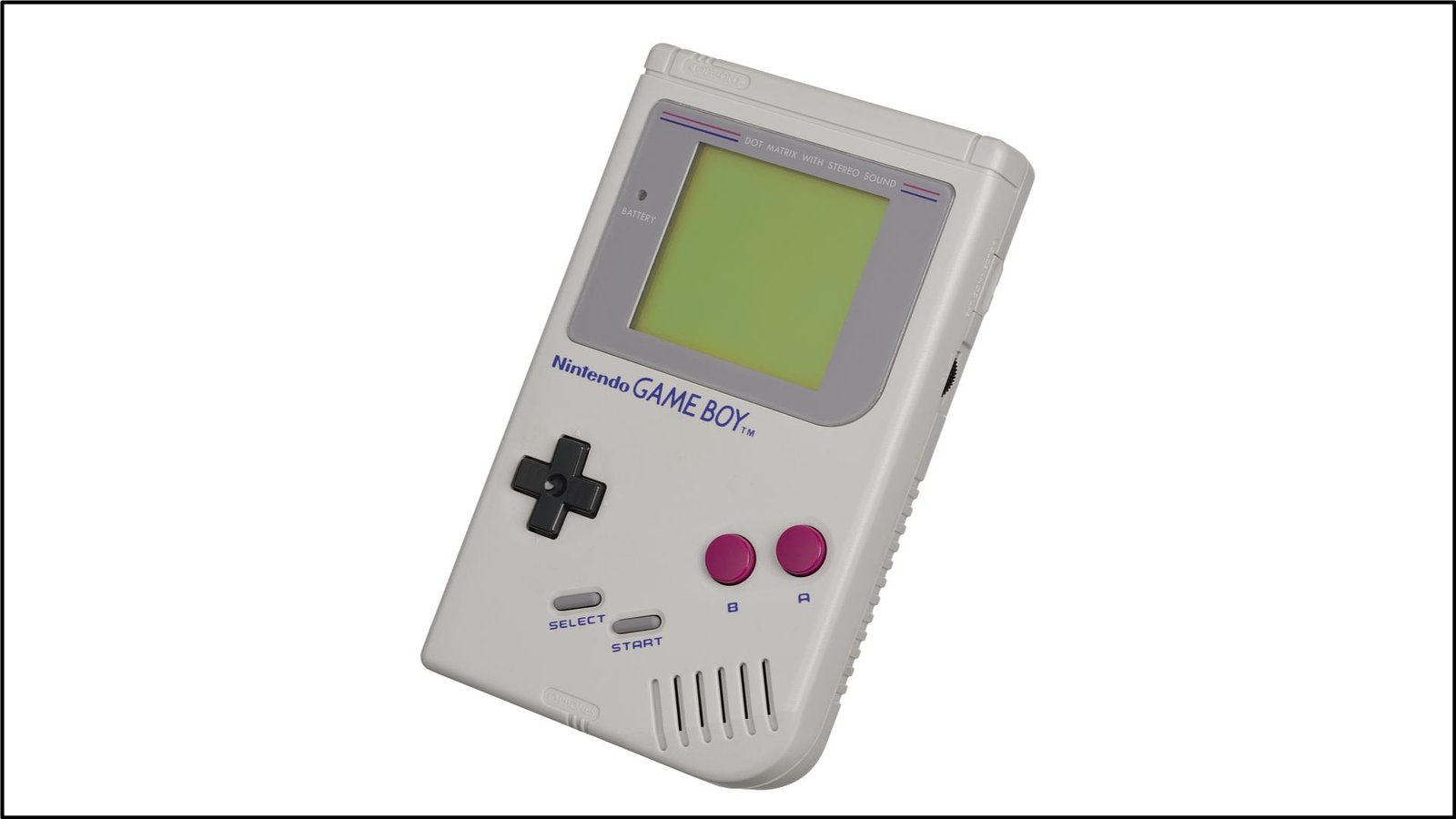
The system has a single speaker with an adjustable volume dial, a dot-matrix screen with an adjustable contrast dial, and five game control buttons. Two shades of gray serve as the primary color, with accents of black, blue, and dark magenta. Except for the bottom right corner, which is curved, the corners of the rectangular unit are all softly rounded.
When it first came out, it could be purchased separately or in a package with a number of different video games, including Super Mario Land and Tetris. Game Boy became an iconic console soon after its release.
#3 – Nintendo Switch
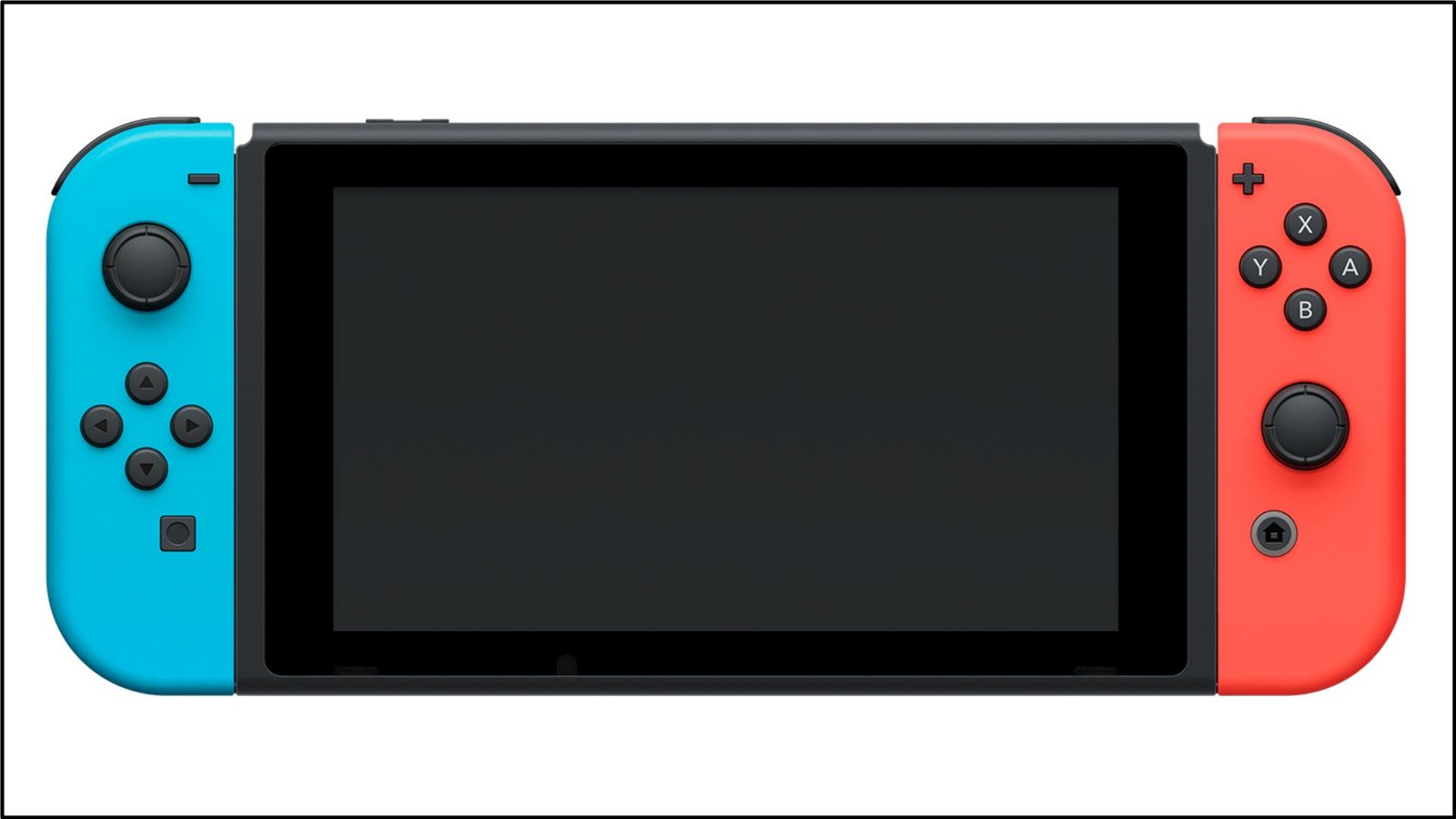
The Nintendo Switch is a hugely important addition to Nintendo’s prestigious family of consoles. With the groundbreaking Nintendo Wii and adored Nintendo 3DS as a foundation, the Nintendo Switch’s design has enabled Nintendo to maintain its dominant position in the console market.
The Switch is a very distinct gadget and its portable design offers a satisfying gaming experience. The list of original and third-party Nintendo Switch games grows every day. In essence, the Switch is a reliable, high-end handheld device that can switch to docked mode and be used as a home console too.
#4 – Nintendo Wii
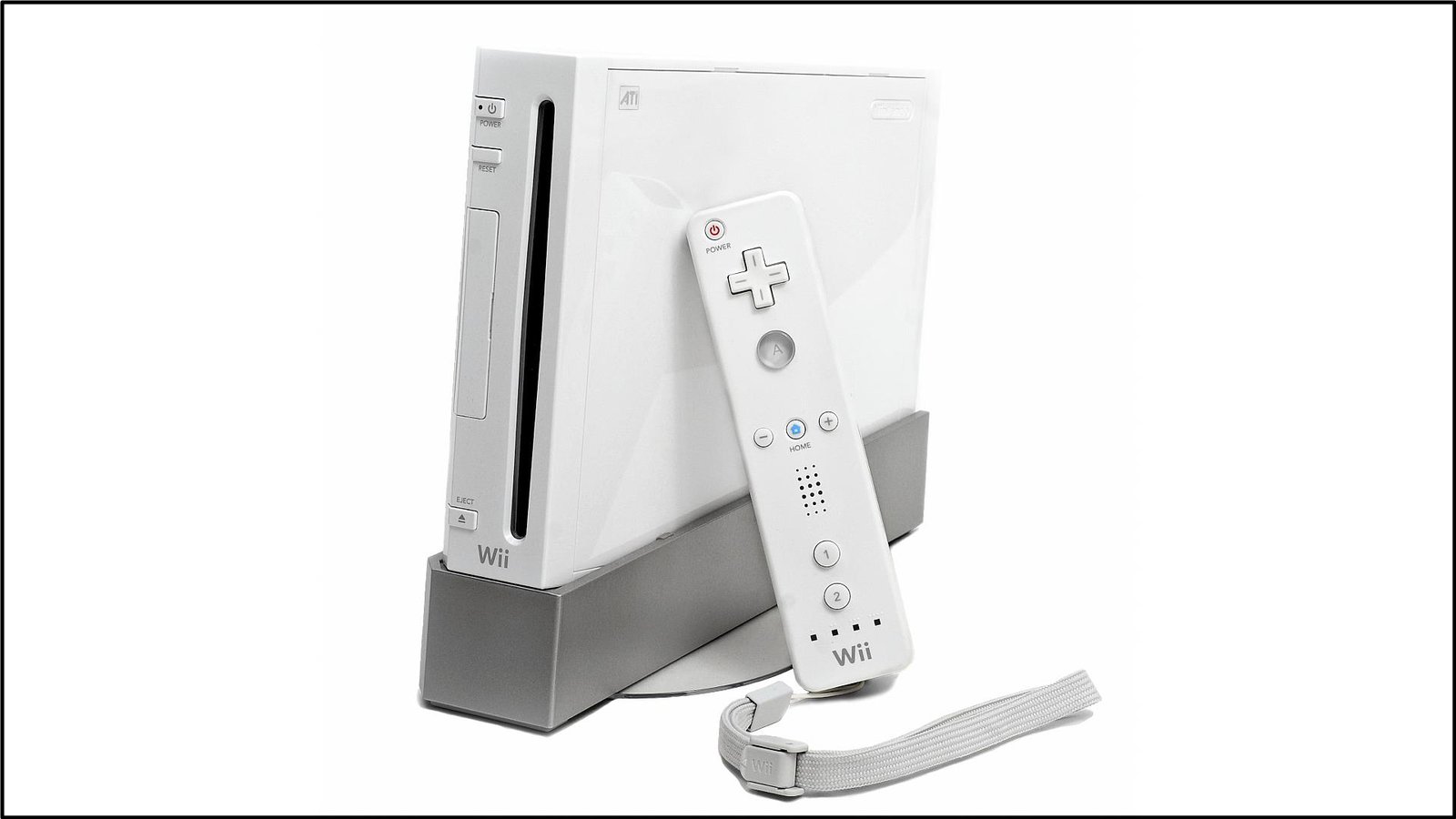
The Wii’s wireless controllers set it apart from other next-generation consoles. Its primary method of interaction is through wireless devices that resemble remote controls for TVs and other home entertainment devices rather than the traditional controllers you often see with gaming systems.
There is a power button at the top, and a four-way control pad is located below. The Wii can be synced to up to four remote controls at once. Although the Wii’s more advanced technology requires an extra sensor to be put close to your screen, the wireless link between the controllers and the gaming device is still neat.
#5 – Nintendo Game Boy Advance (GBA)
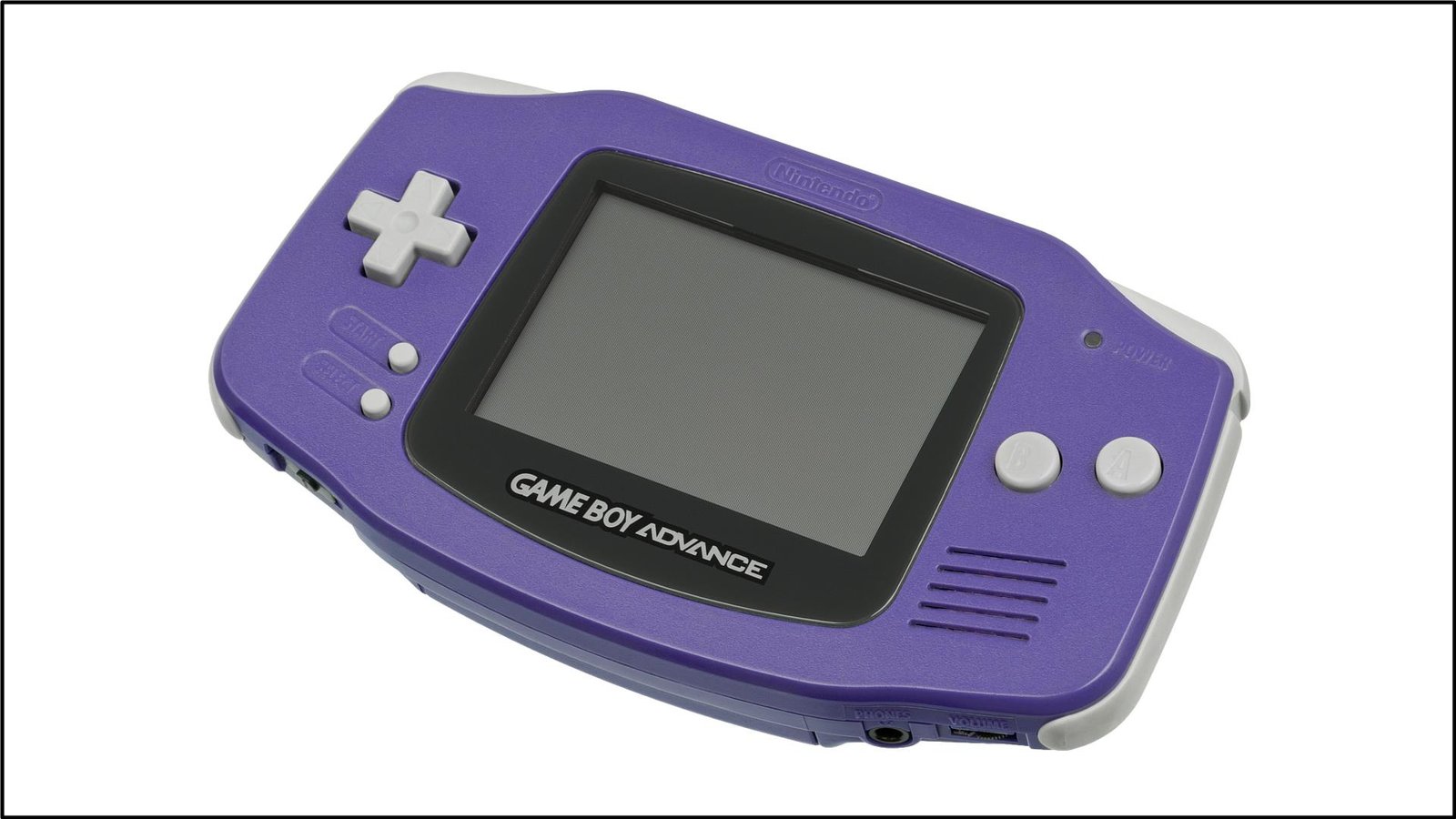
The Game Boy Advance has a 32-bit system architecture and all of the original system’s features are still present, including the power switch, volume control, start and choose buttons, and A and B action buttons.
A sound speaker, a headphone jack, and a link port are also included. The only thing that’s missing is an AC adapter connector, but Nintendo and other manufacturers have made separate AC adapters for the Game Boy Advance that plug into the system’s battery compartment.
#6 – Nintendo 3DS
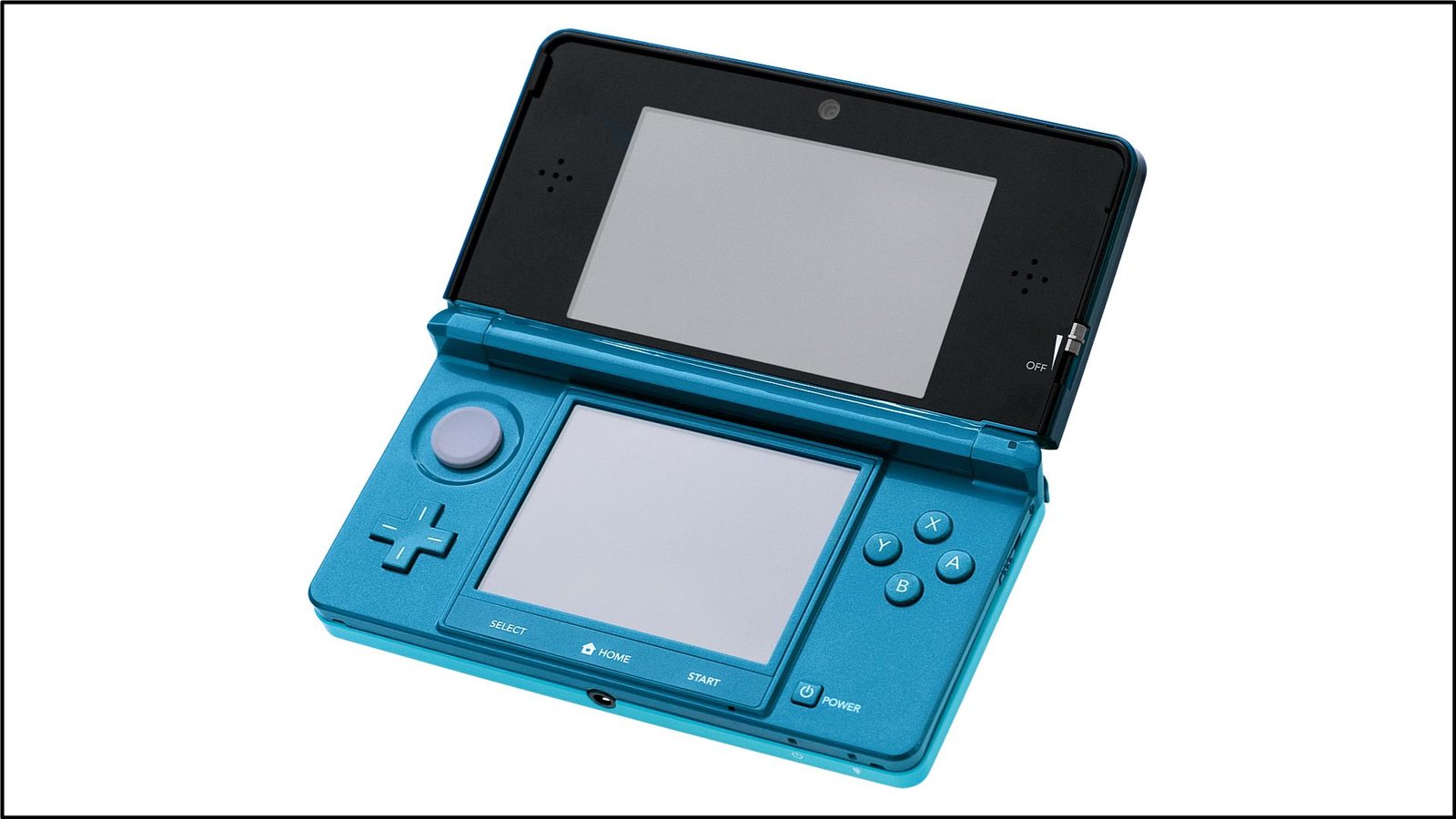
In addition to supporting 3D gaming, the Nintendo 3DS has a tonne of other functions. It includes Wi-Fi capability, backward compatibility with Nintendo DS games, twin back-facing cameras, a single front-facing camera, and a microphone.
Both 3D video and 3D images may be taken and viewed on it. However, it should be noted that previous DS games do not support 3D. With a few exceptions, the Nintendo 3DS is essentially identical to the DS Lite. The 3DS employs autostereoscopic 3D technology, which means that while the device is in 3D mode, two distinct pictures are presented on the top screen.
#7 – Nintendo Entertainment System (NES)
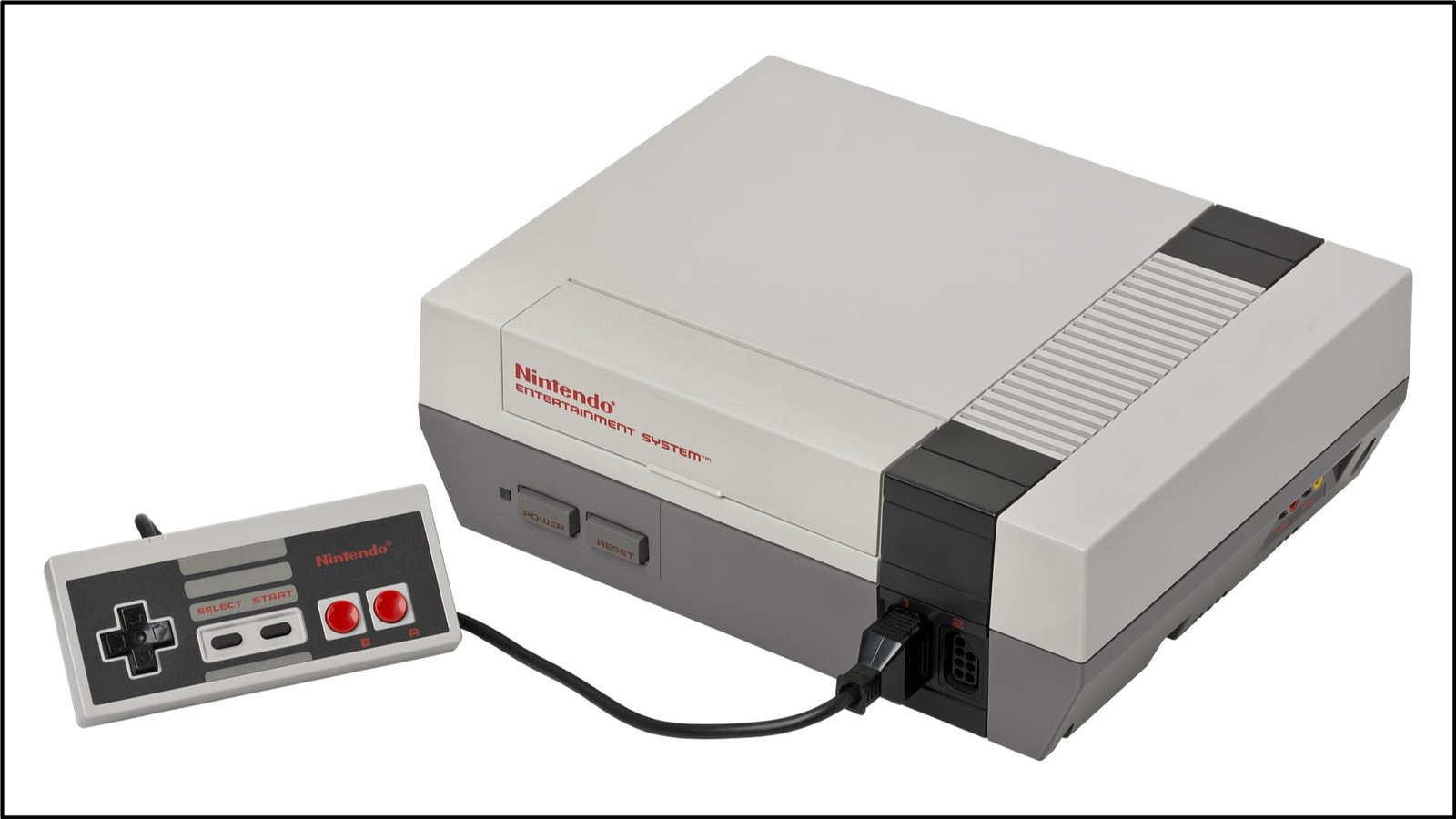
The NES, one of the best-selling systems of its time, helped resurrect the gaming industry. It launched the now-common business strategy of granting licenses to outside developers in order to create and market video games.
The Super Mario Bros. and other games from 1985 and the 1986 action-adventure titles available on NES went on to become successful franchises. The Super Nintendo Entertainment System replaced the NBES in 1990.
#8 – Super Nintendo Entertainment System (SNES)
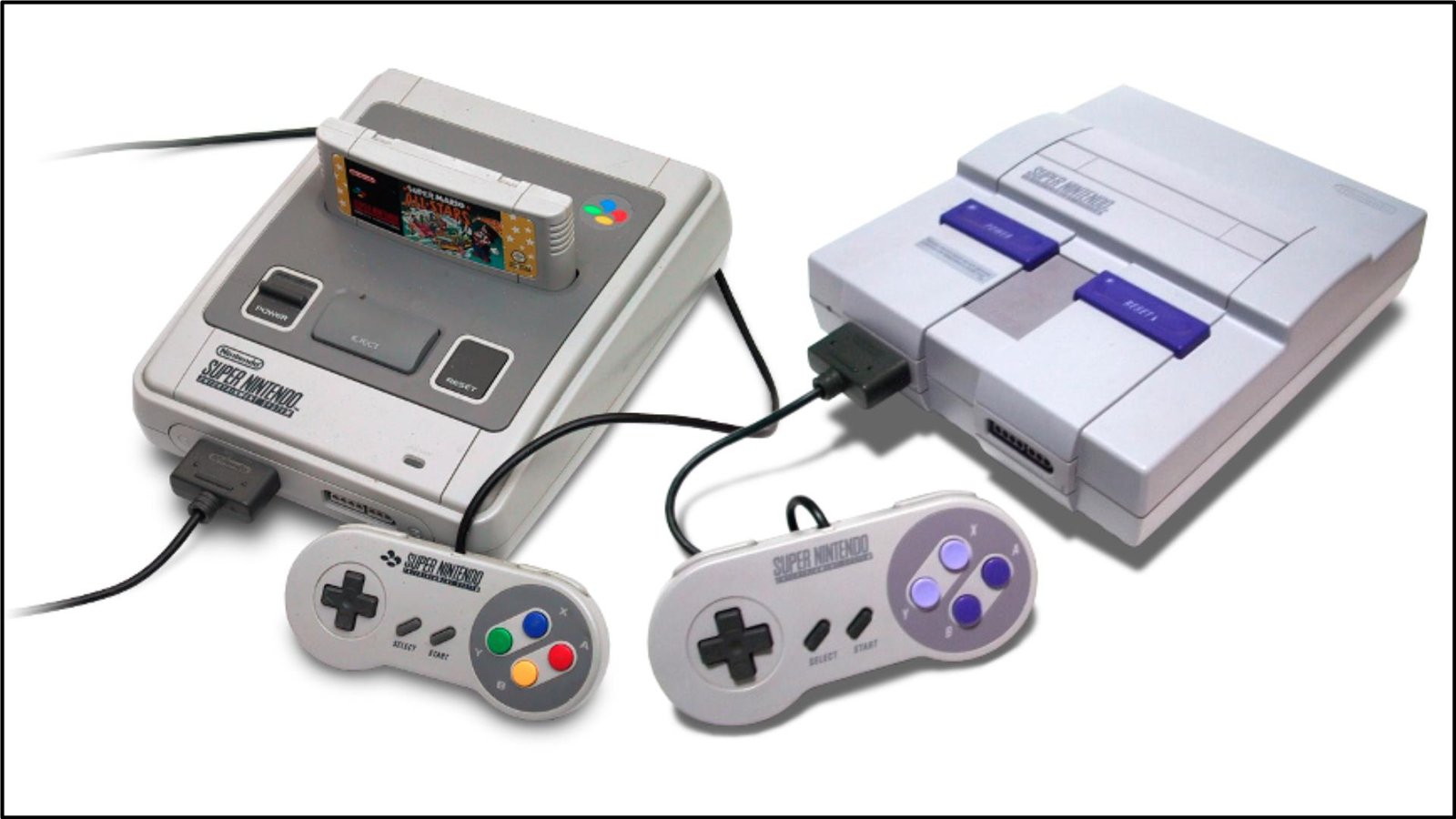
The Super Nintendo Entertainment System (SNES), sometimes known as Super NES or Super Nintendo, is a 16-bit home video game console created by Nintendo. In comparison to other systems of the time, the console featured better graphics and sound capabilities.
It was created to support the continued development of a range of chips built inside game cartridges. The Super NES was well-praised and a commercial success, becoming the best-selling console of the 16-bit period. The Super NES continued to be widely used far into the 32-bit era.
#9 – Nintendo 64 (N64)
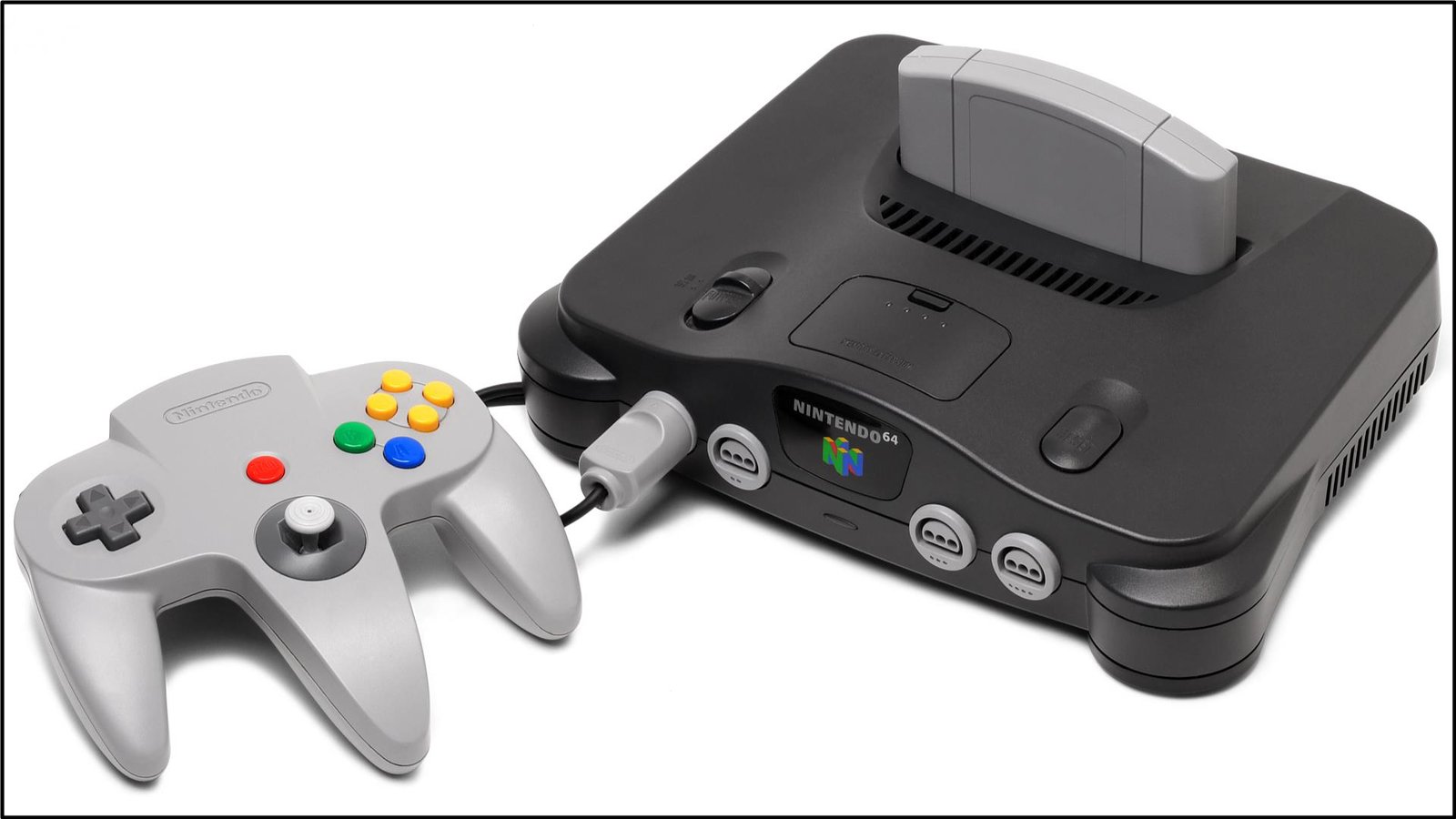
Nintendo created the Nintendo 64 (N64), a home video gaming console as the Super Nintendo Entertainment System’s replacement. Under the codename Project Reality and in collaboration with Silicon Graphics, the company worked on the Ultra 64 test model and arcade platform. The final design was given its 64-bit CPU’s moniker because of how it helped the console’s 3D capabilities.
The debut wasn’t until 1996 due to the slow progress of the launch titles Super Mario 64, Pilotwings 64, etc. For better visuals and functionality, certain games needed the Expansion Pak attachment to expand system RAM from 4MB to 8MB.
#10 – Nintendo GameCube
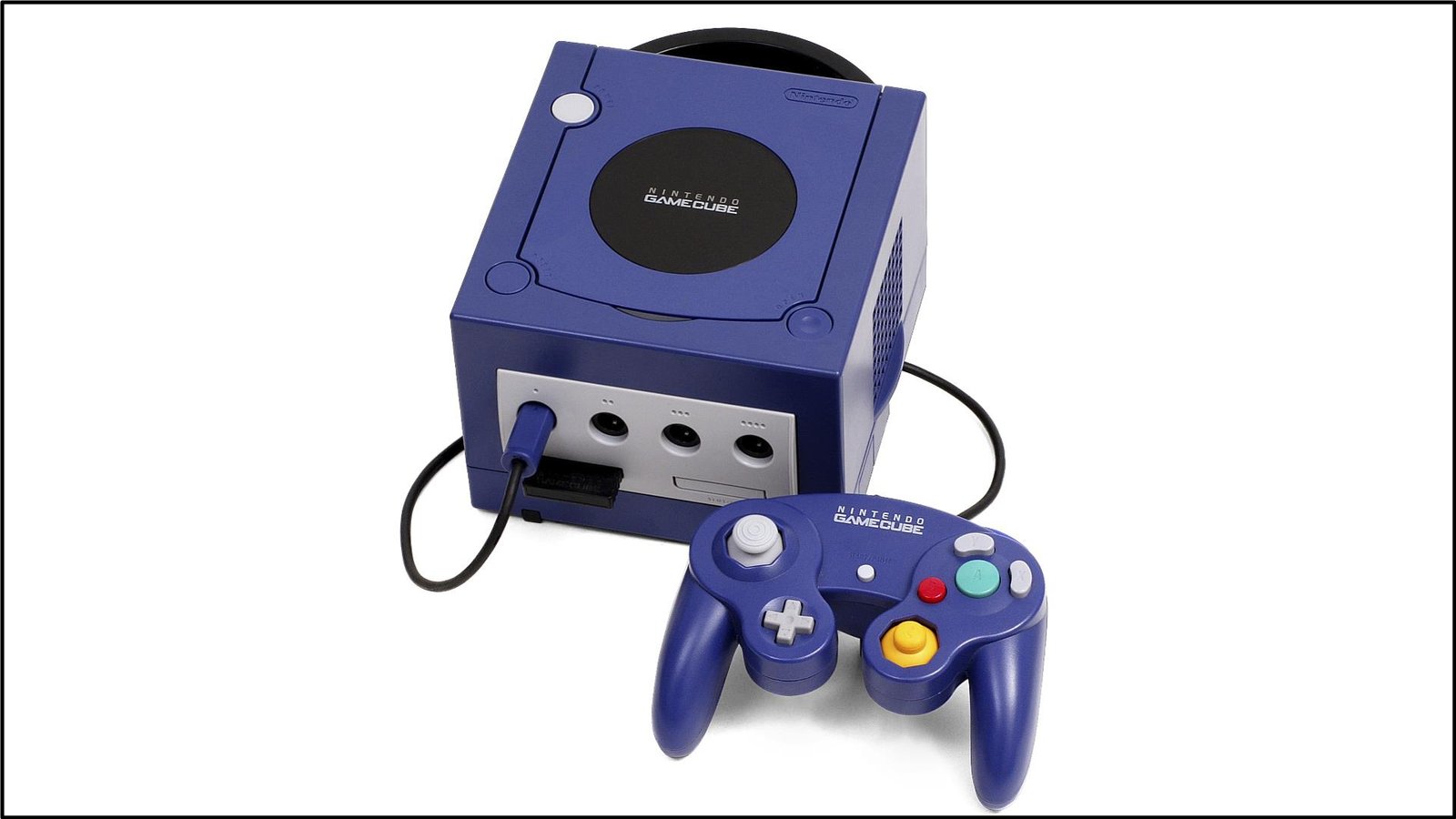
The GameCube can be purchased with either a modem adapter (for dial-up connections) or a broadband adapter. Since Nintendo has a history of franchise characters, GameCube is perfectly positioned for families with casual players since it is ultimately the game that will sell any system. A few games that are sure to please children are Super Mario Brothers and Pokemon.
In contrast to the Xbox, the GameCube does not have an internal hard drive and you will need to purchase additional memory cards in order to store your gaming progress. To benefit from the better picture quality, you’ll need an HDTV and the $30 video converter.
#11 – Nintendo Wii U
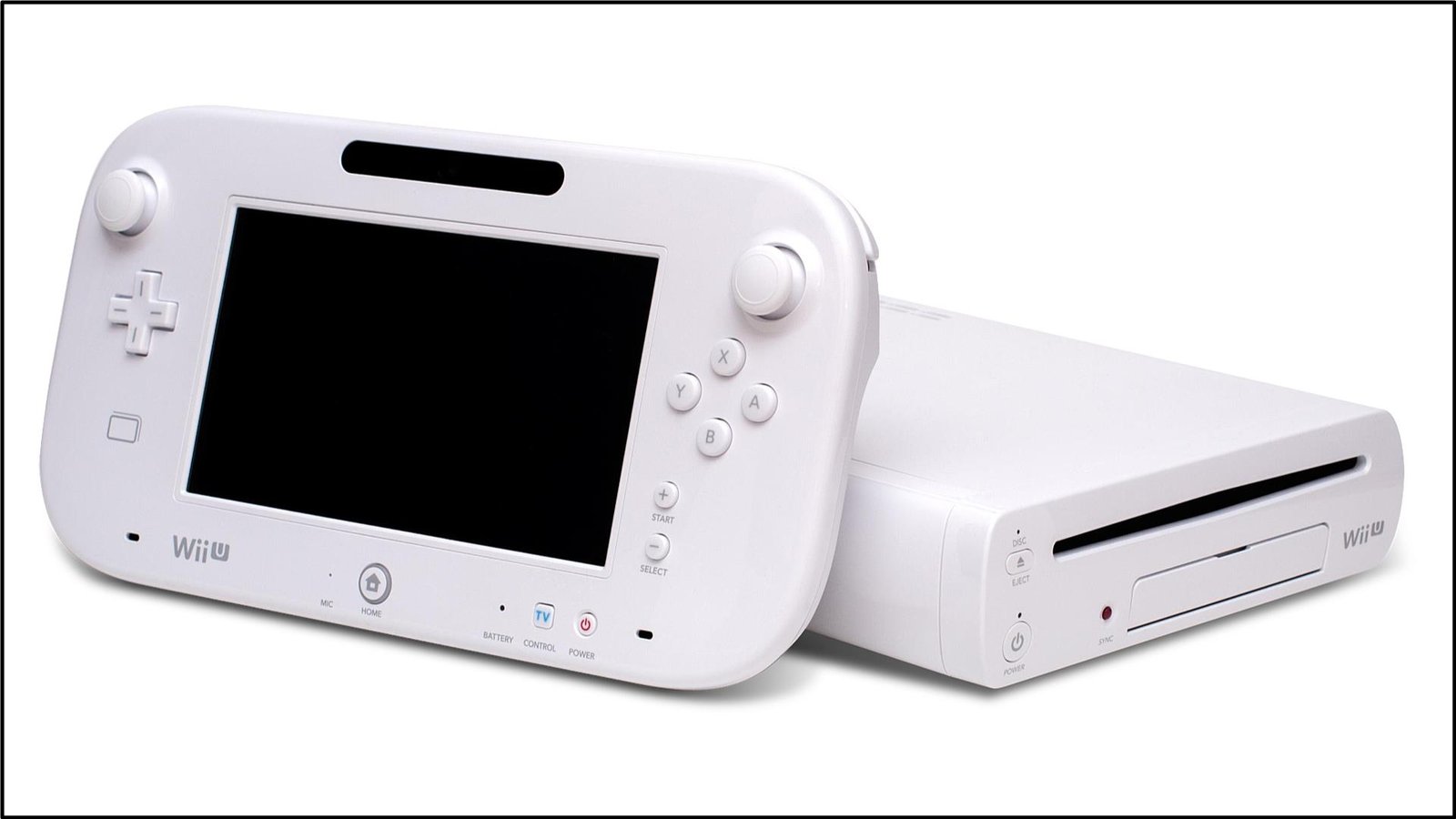
The Wii U has a fantastic selection of first-party games that provide unique experiences. It has a quick-start menu that enables you to launch a game directly from standby mode. However, this system continues to be neglected by third parties, and its key differentiator, the GamePad, is rarely used. Although the latter is a magnificent piece of equipment, Nintendo has yet to fully justify it with its software.
Nintendo only provides 32GB of internal storage on the pro model and 8GB on the base model. Wii U owners must purchase SD cards or an external hard drive to get around this shortsighted decision. Support is restricted to USB 2.0 external devices and the SDHC format for SD cards. If you intend to store several full-sized games on your system, you will need to invest in more storage.
#12 – Color TV-Game (By Nintendo)
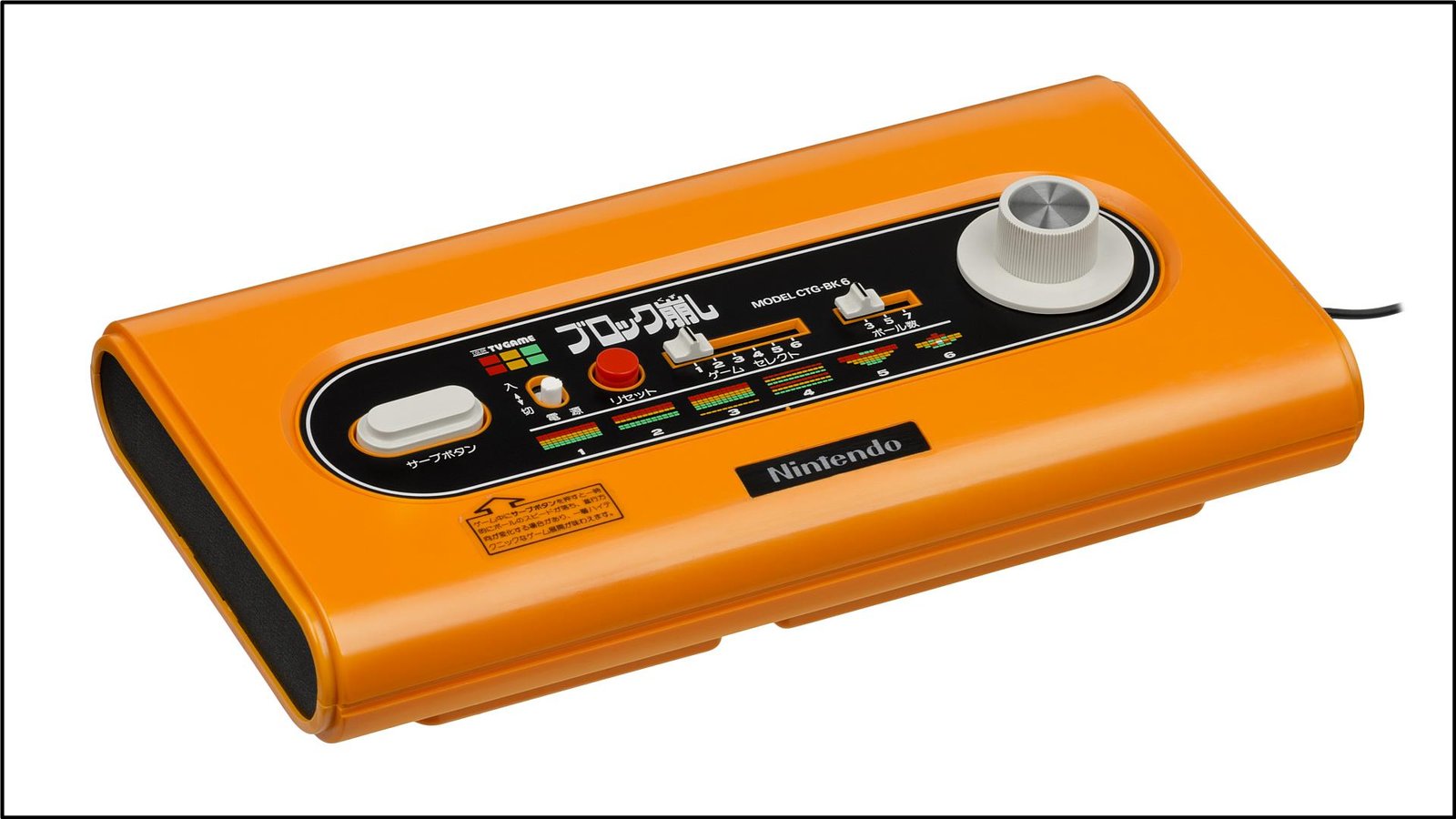
The Colour TV Game was Nintendo’s initial entry into the market for home video game consoles. This console may be used by up to two players at once. The controllers on this were not removable, unlike the controllers nowadays. Instead, two dials that may be rotated from left to right reside on either side of the console.
Nintendo simultaneously published the Colour TV-Game 15 and 6 in Japan. The 15 system had detachable controllers and offered more than twice as many games. The 15 sold twice as many copies as its less costly rival Colour TV-Game 6, despite having a higher price tag.
Final Remarks:
Nintendo has been an icon in the gaming industry since it first joined the market. For years its consoles were the most popular consoles even though they were never cheap. The exciting games it launched were behind its worldwide popularity.
Even after XBOX and PlayStation joined the industry and sold millions of copies, the Nintendo console market remained strong. The reason behind that is probably the strong selection of children’s games it offers.
Since its first launch, Nintendo has released new consoles with updated technology at regular intervals. Even today it remains a dominant market player and a fan favorite among gamers.
Frequently Asked Questions (FAQs):-
Consoles can be costly and before buying a console, people want to know the details to make sure they are making the right choice. Here are the most asked questions about Nintendo consoles that people want to know the answers to.
Q1. Does Nintendo have a modern console?
Ans. Yes, the current Nintendo console available in the market is called Nintendo Switch. It has sold millions of copies and has received positive reviews from critics.
Q2. Can Nintendo Switch play on TV?
Ans. Yes, Nintendo Switch may be used as a portable device and can be used with a television. All Nintendo Switch games can be played in TV mode.
Q3. Which Nintendo console should I buy?
Ans. For most gamers, the full-size Nintendo Switch is a great option. This console uses cutting-edge technology and it is reasonably priced.
OldRoms receives a commission from eligible purchases made through Amazon
Associates and other affiliated programs. Our articles contain affiliate links. [View Privacy Policy].
